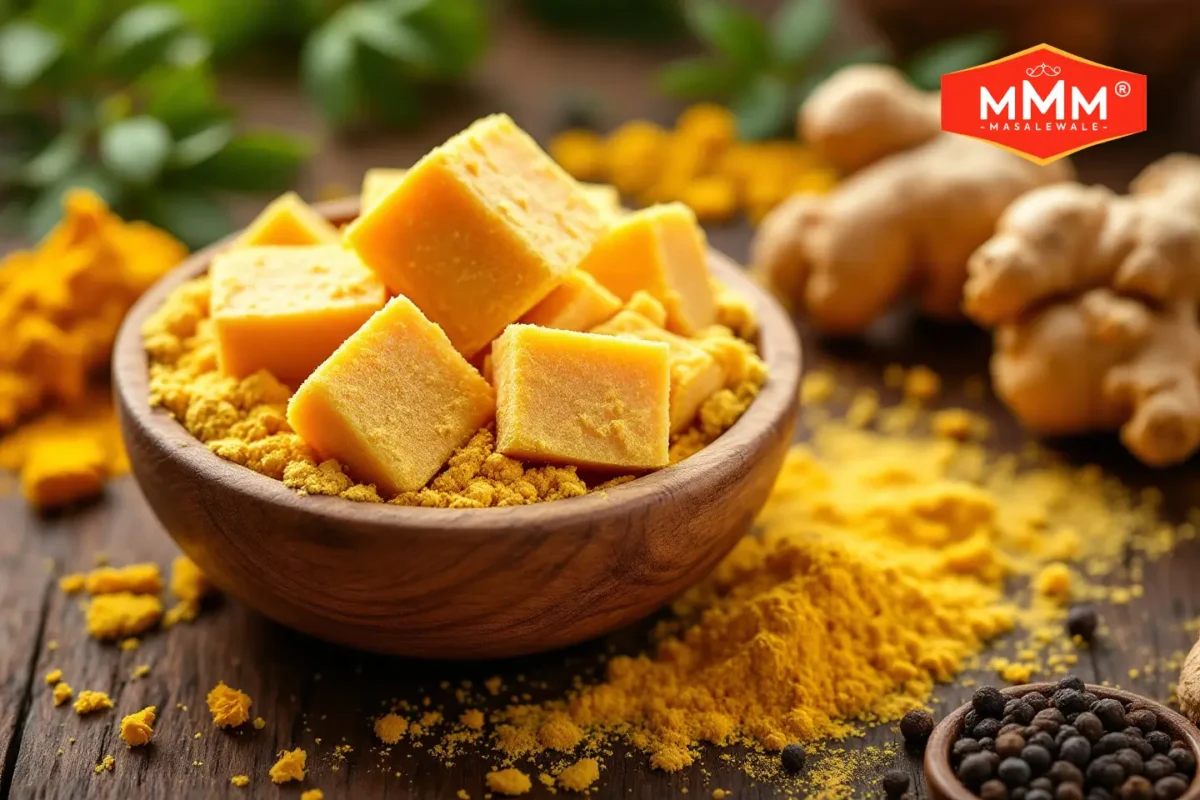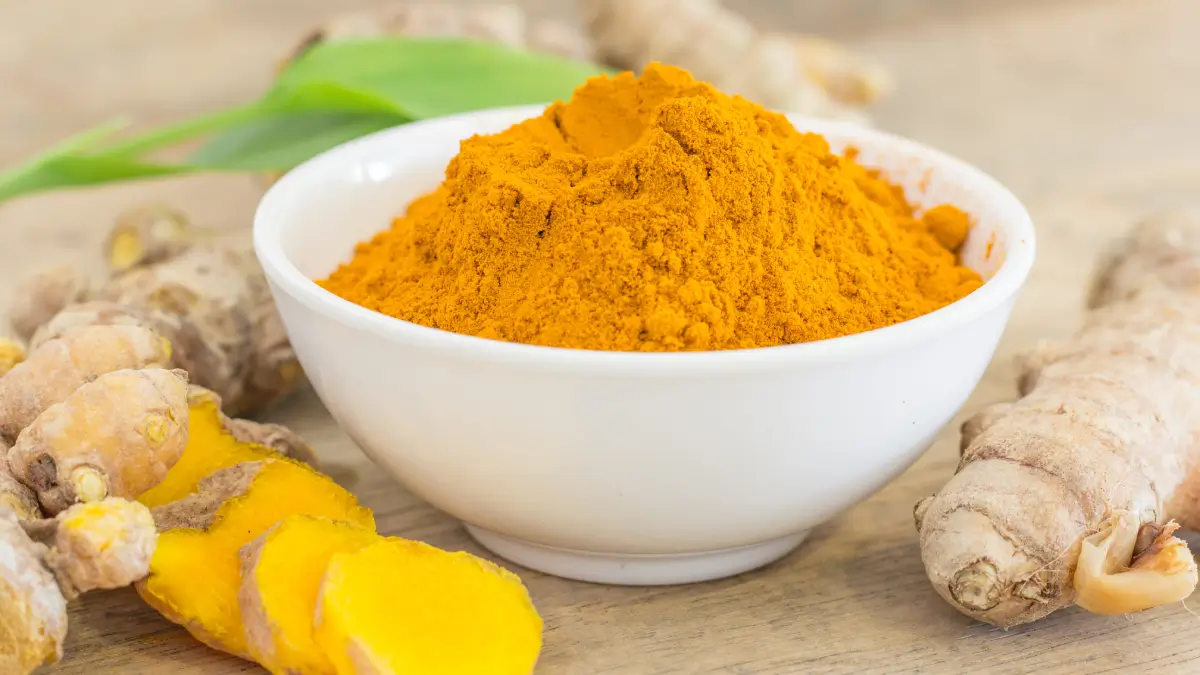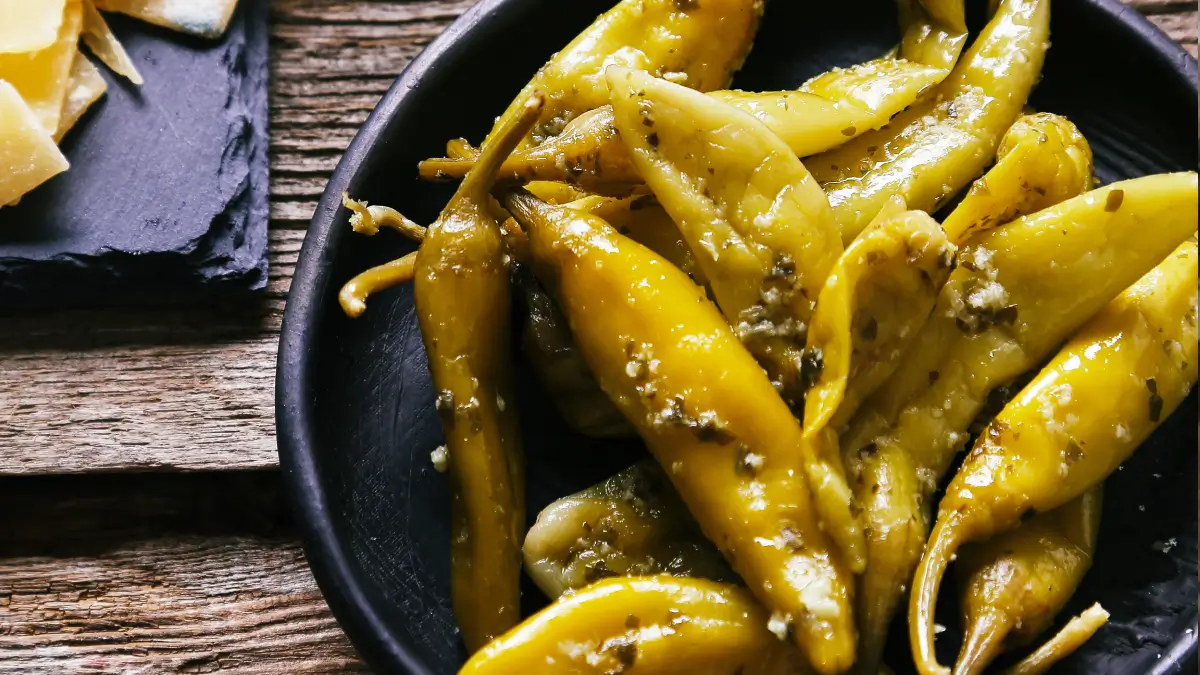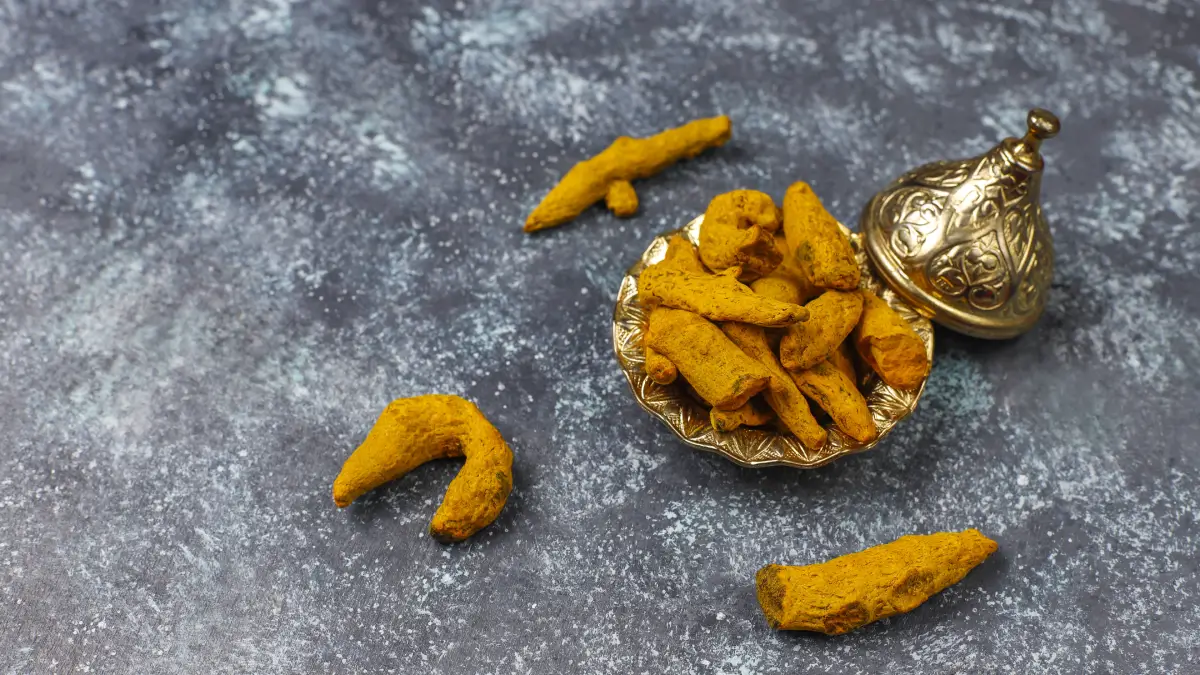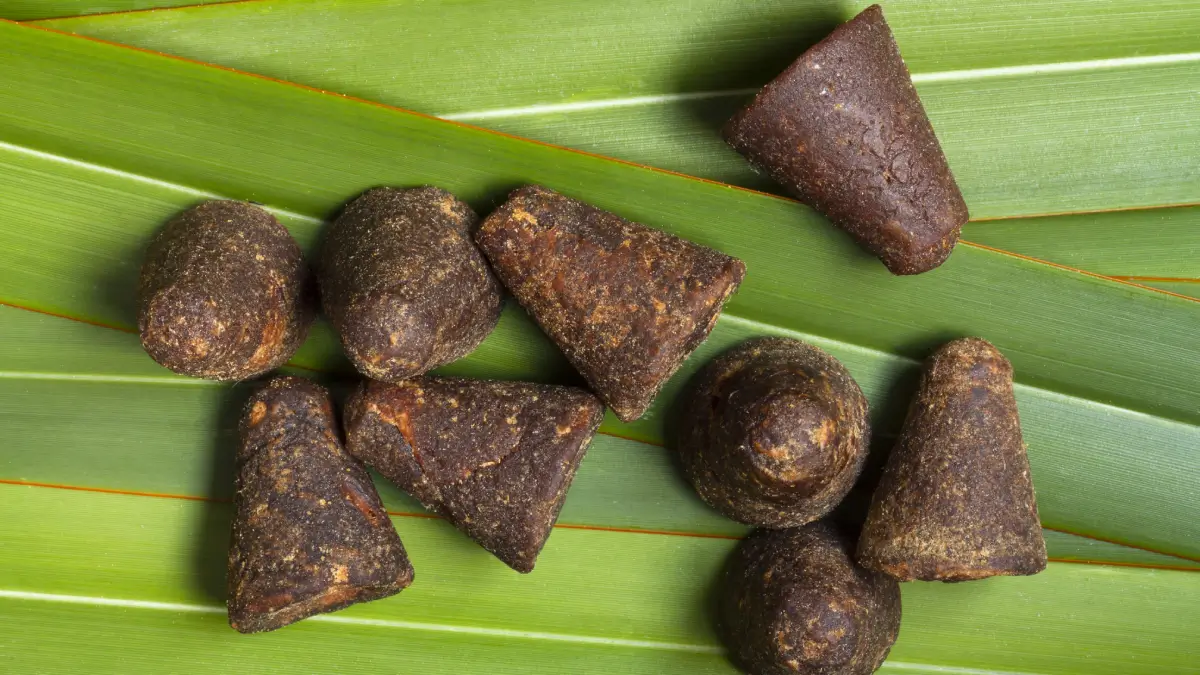Blog
Importance of jaggery
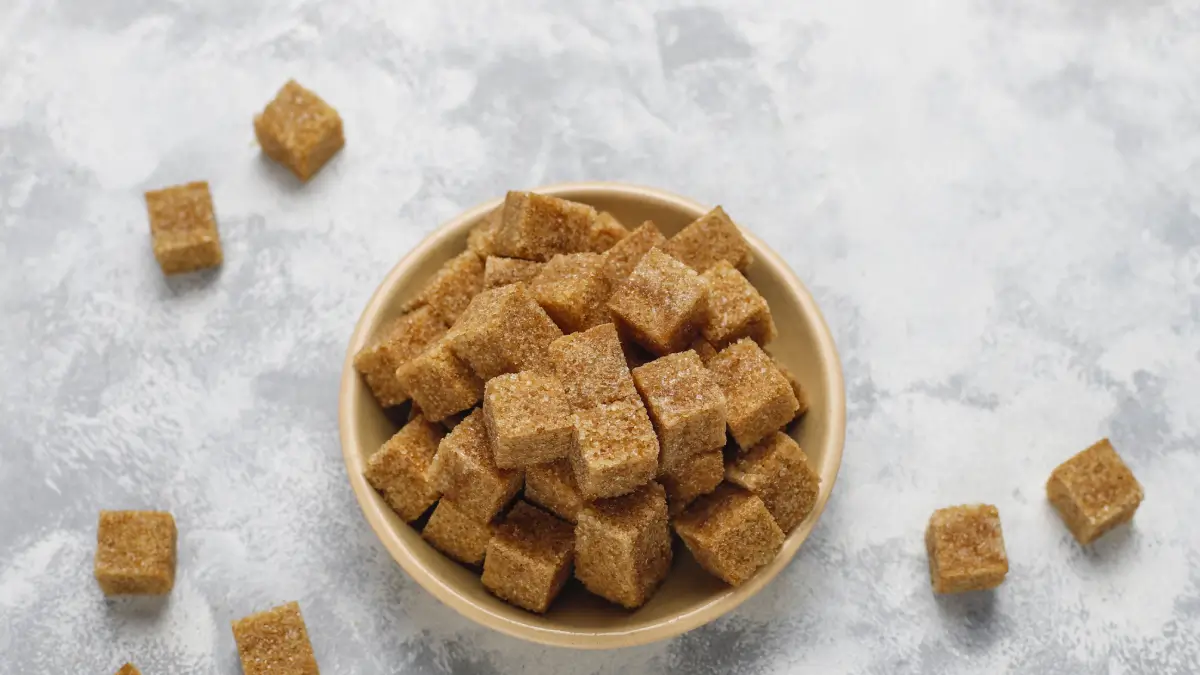
1. Introduction
In recent years, the world has seen a resurgence in the popularity of traditional and natural sweeteners. Among them, jaggery cubes have stood out, not just for their unique taste but also for their numerous health benefits. As consumers become more health-conscious, the demand for natural alternatives to refined sugar has skyrocketed. This blog explores the various facets of jaggery cubes, from their origin to their benefits and potential drawbacks.
2. What are Jaggery Cubes?
Jaggery cubes are unrefined sugar blocks made from concentrated sugarcane juice or palm sap. Unlike refined sugar, jaggery undergoes minimal processing, which allows it to retain many of its natural nutrients. This makes jaggery a preferred choice for those looking to cut down on processed sugar while still enjoying a sweet treat. The cubes are typically golden brown in color and have a rich, caramel-like flavor.
3. The Origin of Jaggery
Jaggery has a long history, particularly in regions of South Asia, Africa, and Latin America. It is commonly produced in countries like India, Pakistan, Bangladesh, Sri Lanka, and Nepal, where sugarcane cultivation is abundant. The traditional process of making jaggery involves boiling sugarcane juice or palm sap until it solidifies into blocks or cubes. This method has been passed down through generations and remains largely unchanged, maintaining its authenticity and nutritional value.
4. Quality Matters: How to Identify the Best Jaggery Cubes
When it comes to jaggery, quality is paramount. Here’s how to ensure you’re getting the best:
- Color: High-quality jaggery cubes are typically a golden brown or dark brown, indicating minimal processing.
- Texture: They should be firm but not too hard, with a slightly grainy texture.
- Taste: The flavor should be rich, with a hint of caramel and a slight bitterness, which is characteristic of unrefined sugar.
- Purity: Avoid jaggery cubes that appear too light or too dark, as this may indicate excessive processing or the addition of chemicals.
5. Supply and Global Demand for Jaggery Cubes
The supply of jaggery cubes is closely tied to sugarcane and palm sap production. India is the largest producer of jaggery, contributing over 70% of the global output. In recent years, the global demand for jaggery cubes has increased significantly, driven by the growing health food market. Countries like the USA, Canada, and those in Europe have seen a surge in the import of jaggery products, as consumers look for natural sweeteners. The expanding popularity of traditional and Ayurvedic foods has also contributed to the rise in demand.
6. The Health Benefits of Jaggery Cubes
Jaggery cubes are not just a sweet treat; they are packed with health benefits:
- Rich in Minerals: Jaggery is a good source of essential minerals like iron, magnesium, and potassium, which are often lost in refined sugar.
- Boosts Immunity: The natural antioxidants in jaggery help in strengthening the immune system.
- Aids Digestion: Jaggery cubes are known to stimulate digestive enzymes and aid in digestion, making them an excellent post-meal sweetener.
- Detoxifies the Body: Jaggery helps cleanse the liver by flushing out toxins.
- Anemia Prevention: Due to its high iron content, jaggery can help prevent anemia by boosting hemoglobin levels.
7. Drawbacks of Jaggery Cubes
While jaggery cubes have numerous benefits, they do have some drawbacks:
- Caloric Content: Jaggery is still a form of sugar, and excessive consumption can lead to weight gain and other health issues.
- Possible Adulteration: There have been instances where jaggery is adulterated with chemicals or excessive additives to improve appearance and shelf life.
- Blood Sugar Levels: Although jaggery is considered healthier than refined sugar, it still has a high glycemic index and can spike blood sugar levels, making it less ideal for diabetics.
8. Tips for Incorporating Jaggery into Your Diet
If you’re looking to add jaggery cubes to your diet, here are some simple tips:
- As a Sweetener: Replace refined sugar with jaggery in your tea, coffee, or desserts.
- In Traditional Recipes: Use jaggery in traditional dishes like Indian sweets, sauces, or chutneys.
- Snack Option: Enjoy small jaggery cubes as a natural, energizing snack.
9. FAQ
Q1: Is jaggery better than sugar? A1: Yes, jaggery is considered healthier as it is less processed and retains more nutrients compared to refined sugar.
Q2: Can jaggery cubes help with weight loss? A2: While jaggery is healthier, it still contains calories and should be consumed in moderation for those trying to lose weight.
Q3: Is jaggery safe for diabetics? A3: Jaggery has a high glycemic index and can spike blood sugar levels, so it should be consumed cautiously by diabetics.
Q4: How should jaggery be stored? A4: Store jaggery cubes in an airtight container in a cool, dry place to prevent moisture absorption.
Q5: Can jaggery help with anemia? A5: Yes, jaggery is high in iron and can help boost hemoglobin levels, aiding in the prevention of anemia.
10. Conclusion
Jaggery cubes are a wonderful natural alternative to refined sugar, offering a plethora of health benefits while adding a unique flavor to your meals. However, like any sweetener, it’s important to consume jaggery in moderation. As global awareness about healthy eating grows, jaggery cubes are becoming a popular choice in markets around the world. Whether you’re looking to improve your health or simply explore new culinary experiences, jaggery cubes are worth adding to your pantry.



